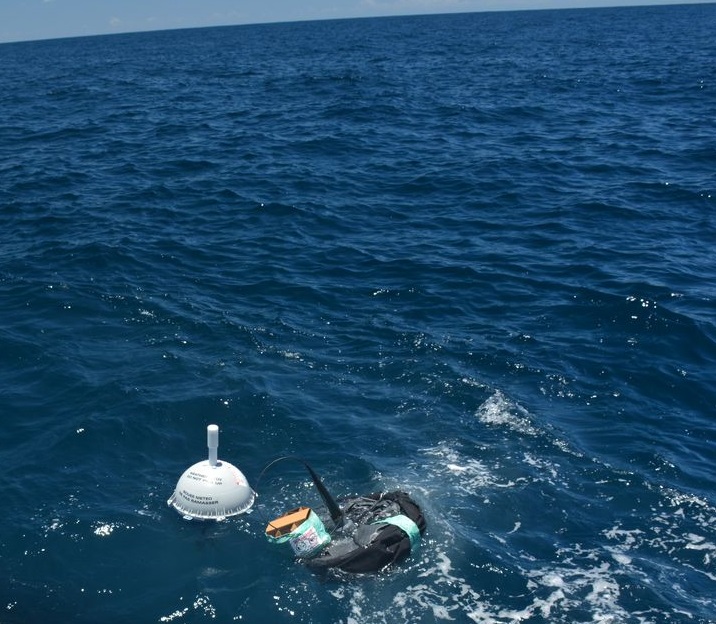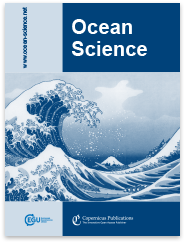Trusted buoys: A new chapter in the history of Sea Surface Temperature measurements
- March 7, 2019
- Category: Flash info

The ocean is a crucial component in the Earth system, regulating our weather and climate by absorbing a large fraction of the heat that has been generated by global warming. While recent studies reveal that ocean warming is accelerating faster than thought, a recent article published in the peer-reviewed journal, Ocean Sciences, takes a closer look at the sea surface temperature measurements from drifting buoys.
This article, written by the Trusted project team, exposes ongoing improvements in sea surface temperature measurements technology that will revolutionize our understanding of dynamic ocean structures, but also contribute to more precise understanding of global and regional sea surface temperature trends.
Towards excellence in SST measurements

Within the framework of the Trusted project funded by Copernicus, a consortium led by CLS has produced 52 surface drifting buoys to date (including 2 prototypes), called SVP-BRST. These new generation buoys are equipped with high resolution SST sensors (HR SST) calibrated by the SHOM metrology department in order to provide fiducial reference measurements. The level of accuracy achieved for these buoys is unprecedented for such equipment, including research campaigns. Deployments are currently underway with partner Météo France, and 16 buoys have been deployed in the Atlantic and Pacific Oceans to date.
Data quality
As explained in the article in Ocean Sciences, these buoys are able to observe small-scale SST variability.
Over the next three years, the goal is to gather a high quality dataset in key areas of the globe in order to improve the calibration of the sentinel 3 (A & B) radiometers. This will allow a more accurate monitoring of the global sea surface temperatures and enable the detection of more subtle climate change signals.
At least 100 SVP-BRST buoys are expected to be deployed in the next 3 years, with a view to cover a wide range of atmospheric and oceanographic conditions.
Photo: SVP-BRST buoy just released in the Pacific Ocean, before deployment of the holey-sock sea anchor to 15 m depth. Photo courtesy of Nicole Garcia (CNRS/MIO).
Learn more
Read the peer-reviewed article in Ocean Sciences: https://www.ocean-sci.net/15/199/2019/
High resolution sea surface temperature buoys for climate studies: https://telemetry.groupcls.com/hrsst-drifting-buoys/
Citation: Poli, P., Lucas, M., O’Carroll, A., Le Menn, M., David, A., Corlett, G. K., Blouch, P., Meldrum, D., Merchant, C. J., Belbeoch, M., and Herklotz, K.: The Copernicus Surface Velocity Platform drifter with Barometer and Reference Sensor for Temperature (SVP-BRST): genesis, design, and initial results, Ocean Sci., 15, 199-214, https://doi.org/10.5194/os-15-199-2019, 2019.
